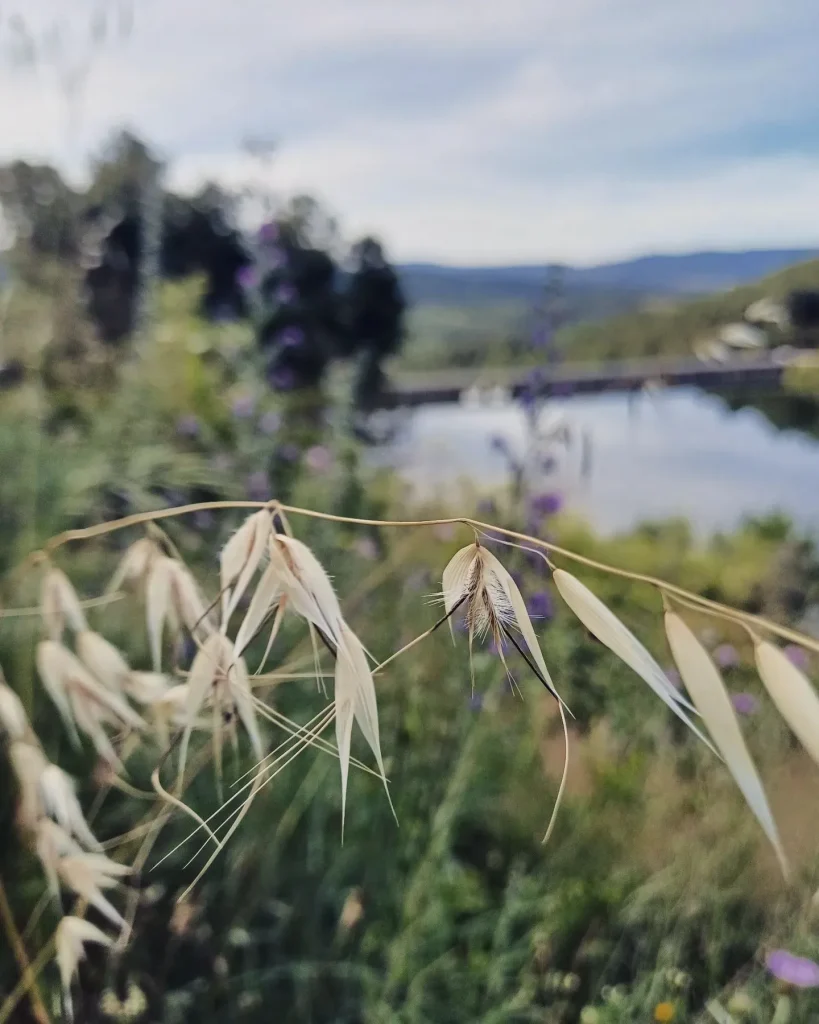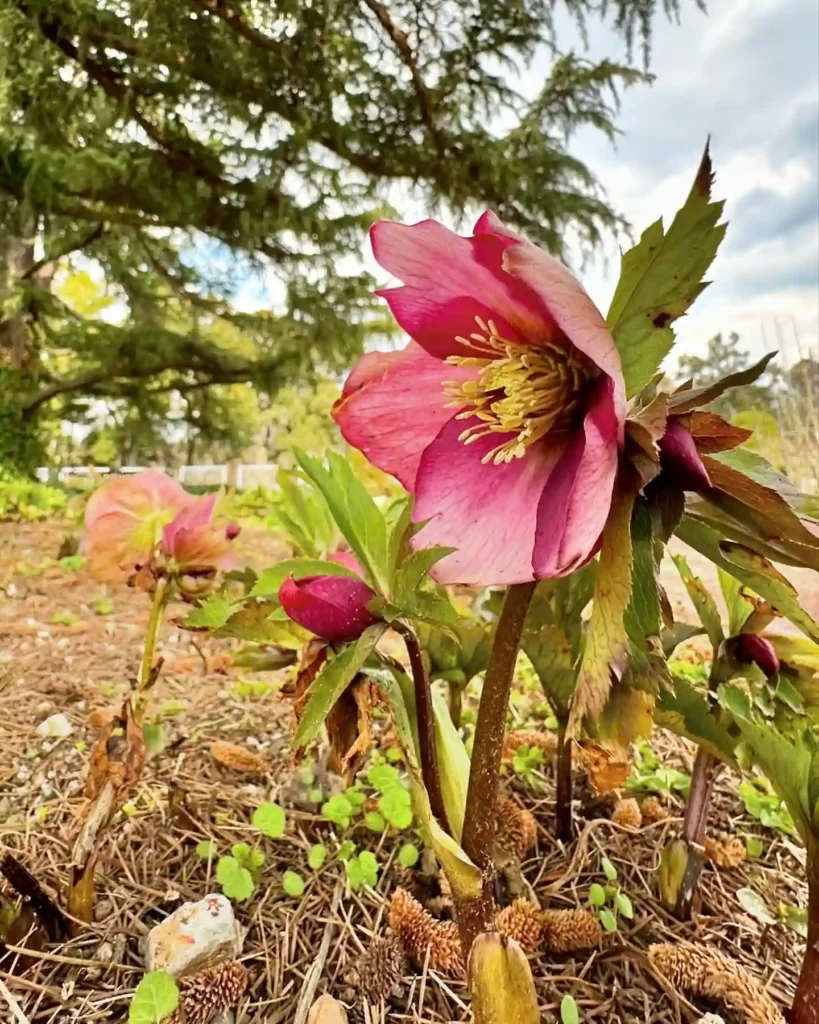FAQs About Cattleya Walkeriana
As an orchid enthusiast, I’ve spent a fair amount of time learning about Cattleya Walkeriana. This stunning orchid has unique qualities that make it a favorite among collectors and growers. In this article, I’ll address some frequently asked questions about this beautiful plant, including how to grow it, when it blooms, and other essential care tips.
236 Species in Genus Cattleya
What is Cattleya Walkeriana?
Cattleya Walkeriana is a species of orchid native to Brazil. Known for its vibrant, fragrant flowers, it typically features a range of colors from lavender to pink, often with striking patterns. The blooms can be quite large, reaching up to five inches across, and they often emit a sweet fragrance, making them a highlight in any collection.
How to Grow Cattleya Walkeriana?
Growing Cattleya Walkeriana is a rewarding experience if you get the conditions right. Here’s how I’ve approached it:
- Light: These orchids thrive in bright, indirect sunlight. I place mine near an east or west-facing window where it gets filtered light. Too much direct sunlight can scorch the leaves, while too little can inhibit blooming.
- Temperature: Cattleya Walkeriana prefers warm temperatures. Ideally, maintain daytime temperatures between 75°F and 85°F, with nighttime temperatures dropping to around 60°F to 65°F. I’ve noticed that fluctuations in temperature can stimulate blooming.
- Humidity: High humidity is essential for these orchids. I use a humidity tray or a humidifier to keep the humidity around 50% to 70%. Regular misting also helps, especially during dry months.
- Watering: I water Cattleya Walkeriana thoroughly when the potting medium dries out. This usually means watering every 7 to 10 days, depending on the climate. Overwatering can lead to root rot, so it’s crucial to let the plant breathe.
- Fertilization: I use a balanced orchid fertilizer every two weeks during the growing season (spring and summer) and cut back to once a month in the fall and winter. This helps provide the nutrients necessary for growth and flowering.
When Do Cattleya Walkeriana Bloom?
Cattleya Walkeriana typically blooms in spring. I’ve observed that the flowers often appear between March and May, depending on the conditions. The blooms last for several weeks, adding a pop of color to my garden. To encourage blooming, ensure the plant has a proper rest period in winter with cooler temperatures and less water.
How to Care for Cattleya Walkeriana?
Caring for Cattleya Walkeriana involves regular monitoring of its environment. Here are some key points I focus on:
- Repotting: I repot my orchids every one to two years, using a well-draining orchid mix. This prevents root binding and helps maintain healthy growth.
- Pests: Keep an eye out for pests like aphids and spider mites. I regularly check the leaves and treat any infestations promptly with insecticidal soap or neem oil.
- Leaves: Wiping down the leaves helps remove dust and allows the plant to photosynthesize more effectively.
How to Propagate Cattleya Walkeriana?
Propagation is typically done through division. When repotting, I divide the plant into sections, each with at least three pseudobulbs. After dividing, I allow the cuts to callous over for a few hours before planting in fresh medium. This method has worked well for me and allows for healthy new plants.
Can You Grow Cattleya Walkeriana Indoors?
Absolutely! I’ve successfully grown Cattleya Walkeriana indoors. Just ensure that it receives enough light and humidity. An ideal spot near a window with filtered light works wonders. If you can maintain the right conditions, this orchid will thrive indoors.
Is Cattleya Walkeriana Toxic?
Cattleya Walkeriana is not considered toxic to humans or pets. However, it’s always wise to keep any plant out of reach of pets who might be curious.
Benefits of Growing Cattleya Walkeriana
Growing Cattleya Walkeriana comes with numerous benefits. The most notable is the stunning beauty and fragrance of the flowers. Additionally, orchids can improve indoor air quality and add a touch of elegance to your space. Caring for these plants can also be a therapeutic hobby that reduces stress.
Common Problems with Cattleya Walkeriana
While growing Cattleya Walkeriana can be rewarding, there are a few common issues to watch out for:
- Root Rot: This often results from overwatering. I make sure my pots have excellent drainage to avoid this problem.
- Poor Blooming: If your orchid isn’t blooming, it might not be getting enough light or may need a temperature change. Adjusting these factors has helped me stimulate blooms in my plants.
What to Plant with Cattleya Walkeriana?
Companion plants that thrive in similar conditions can enhance your orchid’s beauty. Consider pairing it with ferns or bromeliads, which enjoy similar humidity levels. This combination creates a lush, tropical atmosphere that complements the orchid.
In conclusion, Cattleya Walkeriana is a magnificent orchid that can bring joy and beauty to your home. With proper care, you can enjoy its stunning blooms for years to come. Whether you’re a seasoned grower or just starting, I hope this guide helps you in your journey with this incredible plant!
If i die, water my plants!



